Hugelkultur, pros and cons
toffee-el
11 years ago
Featured Answer
Comments (21)
nc_crn
11 years agojonfrum
11 years agoRelated Professionals
Lake Oswego Landscape Architects & Landscape Designers · Southfield Landscape Architects & Landscape Designers · Towson Landscape Architects & Landscape Designers · Peabody Landscape Contractors · Garland Landscape Contractors · Gurnee Landscape Contractors · Holtsville Landscape Contractors · Lehigh Acres Landscape Contractors · Leicester Landscape Contractors · Nashua Landscape Contractors · Plymouth Landscape Contractors · Welby Landscape Contractors · Baileys Crossroads Landscape Contractors · Fort Lee Decks, Patios & Outdoor Enclosures · Prescott Decks, Patios & Outdoor Enclosurestoffee-el
11 years agogardenlen
11 years agogardenlen
11 years agonc_crn
11 years agotoffee-el
11 years agonc_crn
11 years agoglib
11 years agotoffee-el
11 years agotoffee-el
11 years agodavid52 Zone 6
11 years agogardenlen
11 years agonc_crn
11 years agotoffee-el
11 years agolazy_gardens
11 years agogardenlen
11 years agoemgardener
11 years agosuegee1950
9 years agowertach zone 7-B SC
9 years ago
Related Stories

KITCHEN CABINETSKitchen Confidential: The Pros and Cons of Double Stacked Cabinets
Does it make sense for you to double up on cabinets? Find out here
Full Story
BATHROOM DESIGNBathroom Surfaces: Ceramic Tile Pros and Cons
Learn the facts on this popular material for bathroom walls and floors, including costs and maintenance needs, before you commit
Full Story
KITCHEN LAYOUTSThe Pros and Cons of 3 Popular Kitchen Layouts
U-shaped, L-shaped or galley? Find out which is best for you and why
Full Story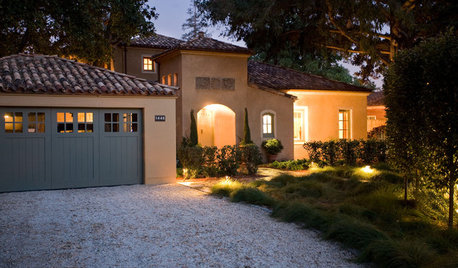
REMODELING GUIDESGravel Driveways: Crunching the Pros and Cons
If you want to play rough with your driveway, put away the pavers and choose the rocky road
Full Story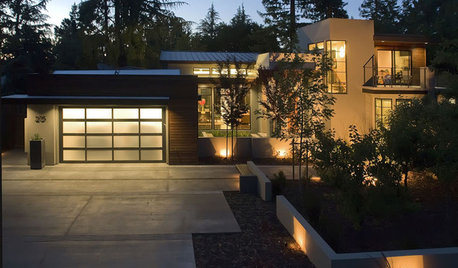
REMODELING GUIDESConcrete Driveways: Poring Over the Pros and Cons
Concrete adds smooth polish to driveways and a sleek look to home exteriors, but here are the points to ponder before you re-surface
Full Story
FEEL-GOOD HOMEThe Pros and Cons of Making Your Bed Every Day
Houzz readers around the world share their preferences, while sleep and housekeeping experts weigh in with advice
Full Story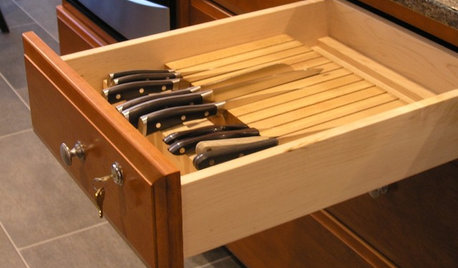
REMODELING GUIDESFrom the Pros: 8 Reasons Kitchen Renovations Go Over Budget
We asked kitchen designers to tell us the most common budget-busters they see
Full Story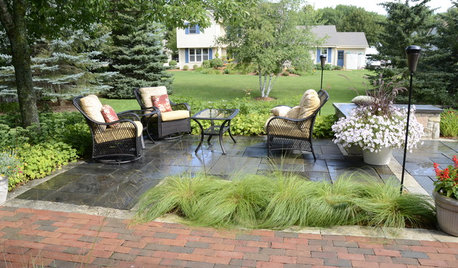
LANDSCAPE DESIGN5 Reasons to Consider a Landscape Design-Build Firm for Your Project
Hiring one company to do both design and construction can simplify the process. Here are pros and cons for deciding if it's right for you
Full Story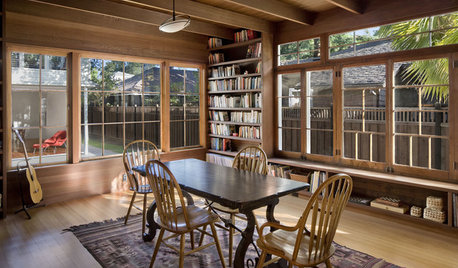
REMODELING GUIDESReplace vs. Restore: The Great Window Debate
Deciding what to do with windows in disrepair isn't easy. This insight on the pros and cons of window replacement or restoration can help
Full Story
MOST POPULARPros and Cons of 5 Popular Kitchen Flooring Materials
Which kitchen flooring is right for you? An expert gives us the rundown
Full StoryMore Discussions










Kimmsr